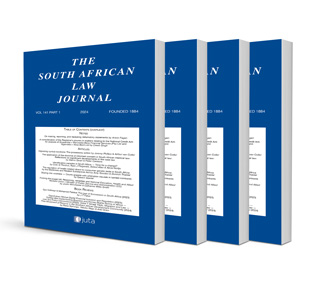Clarifying the constitutional status of the National Prosecuting Authority

Clarifying the constitutional status of the National Prosecuting Authority
Author: Loammi Wolf
ISSN: 1996-2177
Affiliations: Research Associate, UFS Centre for Human Rights, University of the Free State
Source: South African Law Journal, Volume 140 Issue 2, p. 413-452
https://doi.org/10.47348/SALJ/v140/i2a7
Abstract
Chapter 8 of the Constitution aligns the status of the National Prosecuting Authority (‘NPA’) to the separation of powers typical for constitutional states where two principal organs developed in the third branch of state power during the midnineteenth century to refine Montesquieu’s model of separation of powers. The organs for the ‘administration of justice’ consist of the judiciary (adjudication) and prosecutors (prosecuting crime). Therefore, the status of the NPA entails both structural and functional independence from the executive. The reasons for the NPA’s failures are manifold and complex. The main reason is that the political elite continued to treat the NPA as a part of the executive branch, partly perpetuating the practice under the former Westminster constitutions and partly due to the ANC’s policy of ‘democratic centralism’. This has resulted in a chaotic state organisation of criminal justice where the powers allocated to prosecutors by s 179(2) are not clearly demarcated from policing powers under s 205(3) of the Constitution. For the proper functioning of the NPA to uphold the rule of law, it is important to delineate clearly the powers of the NPA from those of the judiciary, the executive — especially the Minister of Justice — the President, the police, and the watchdog functions of Chapter 9 institutions.